Commuting
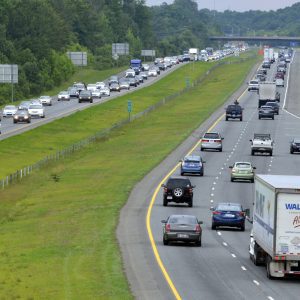
Commuting and the Charlotte region’s economic connections
An array of environmental, cultural and economic connections together give rise to the interdependence of the Carolinas Urban-Rural Connection study region. But none of these connections are more economically significant than the flow of workers within our regional economy. Counties within the region relied on out-of-county commuters for their workforces more in 2015 than at […]
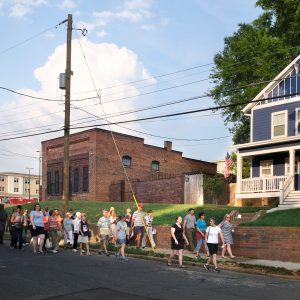
Want to know why developers are embracing walkable urbanism? Follow the money.
Charlotte’s suburbs are starting to look more like urban areas, and a new study is pointing to the value to be gained from promoting walkable, transit-connected, urban-style growth. Real estate experts have said they’re responding to market pressure: Businesses, workers and residents want to get from home to work to dinner without spending big chunks of their day in a car, and suburban-style developments that cater exclusively to drivers no longer cut it.
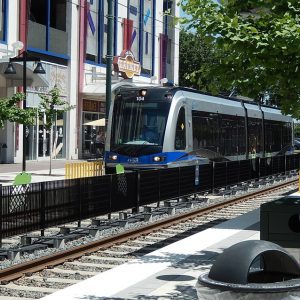
Regional transit gets another ‘symbolic’ boost near Charlotte
There’s more momentum building for a regional transit system in and around Charlotte, this time from communities to the city’s north. Local governments in Cabarrus County recently passed resolutions in support of the Charlotte Area Transit System extending light rail across the county line for the first time. The Blue Line extension, which opened in […]
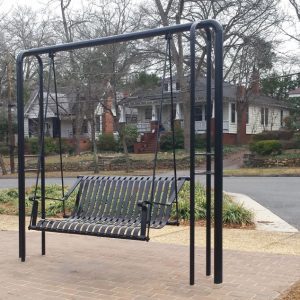
Imagine treating bus riders as well as light rail, car commuters
Can Charlotte do a better job of making its humble bus stops a bit less humble? A Charlotte city official posed that question Tuesday, saying Charlotteans should not ride by a bus stop and think, “I’m so sorry for that person.” Tom Warshauer, community engagement manager for the Charlotte Department of Neighborhood and Business Services, […]

To create a bike culture, Charlotte needs …
[highlight]Would more Charlotteans bicycle more often if the city had more bike lanes? More bike lanes protected from traffic? Or more off-road paths, such as greenways? Would showers and bike lockers at more workplaces encourage more bicycle commuting? Maybe, instead, the most important thing to do is offer better education, for motorists and cyclists, so […]

Charlotte leaders head to Copenhagen
How did Copenhagen become an international model of urbanism? Four leaders from Charlotte and Mecklenburg County government, philanthropy and real estate will find out next month on a six-day study trip. Brian Collier from the Foundation For The Carolinas, Assistant Mecklenburg County Manager Leslie Johnson, at-large City Council member Vi Lyles and Crescent Communities CEO […]
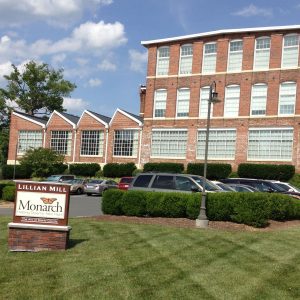
Talk of the Towns: Albemarle
In this new series, PlanCharlotte visits planners from around the 14-county Charlotte region. In this first installment, we head east to Albemarle. Much of the Charlotte region is fast-growing, but Albemarle’s population has remained flat. Keith Wolf has been with the city’s planning department since 2004 and planning director since 2011. He talked about economic […]
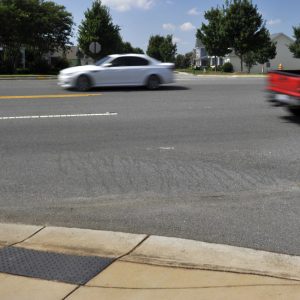
Charlotte ranked 10th most dangerous metro for pedestrians
It’s not easy getting around the Charlotte region on foot. It can be deadly, too. The Charlotte-Concord-Gastonia area ranks 10th most dangerous metro for pedestrians, according to a study, Dangerous by Design, released this week by the National Complete Streets Coalition and Smart Growth America. Last month, Smart Growth America ranked the Charlotte metro as […]

‘Dirtways’ speed up trail construction in Mecklenburg
As runners and bikers flocked to Mecklenburg County’s 37-miles of greenway on the first warm weekend of the year, few thought about what goes into building those creek-side asphalt paths. Building paved greenways takes lots of two things – time and money. Planning, capital budgeting, engineering and environmental studies and, finally, construction can take a […]
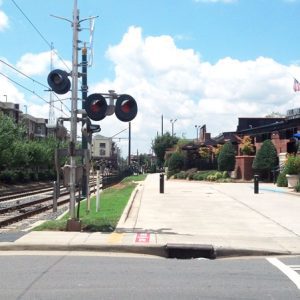
Charlotte transit stations: realizing development potential?
Development patterns along Charlotte’s Blue Line, which opened in November 2007, show a mixed bag of more low-density neighborhoods than planners recommend, but still a blend of homes, workplaces and stores. That means the corridor is brimming with opportunity for its 15 station areas to develop more intensely, and in a way that puts walkable, […]